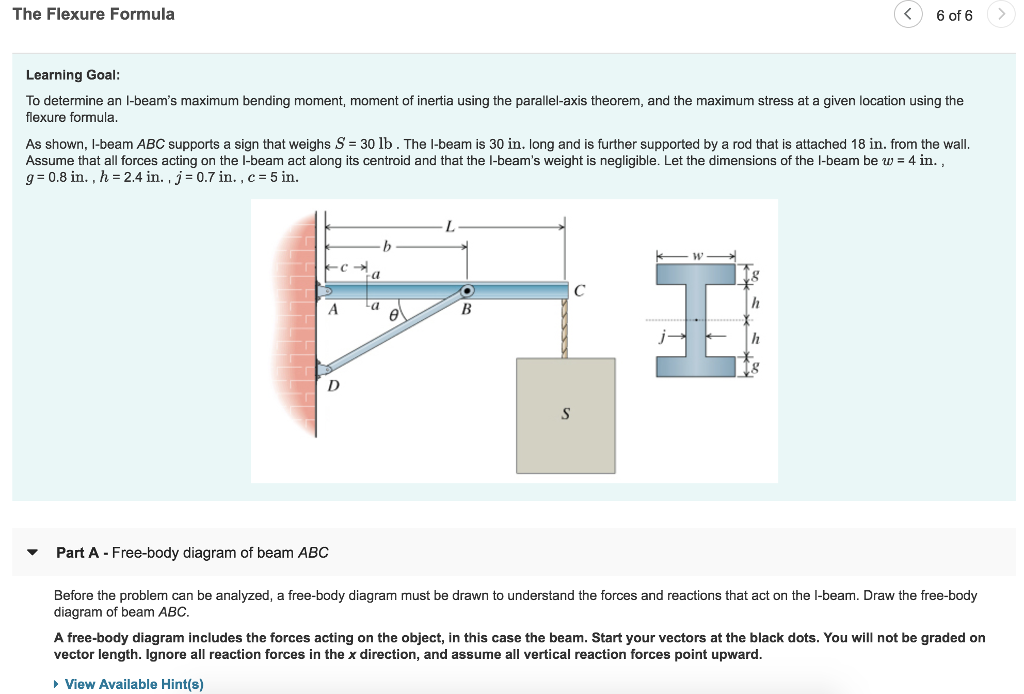

But as part of your underlying research, you will also deal with submicron-size features on material surfaces.

The products and manufacturing systems you will be trained to work with are often human-sized (microscopic to macroscopic). A few examples: from developing physics-based computing models and/or control algorithms for the design or optimization of physical machines or systems to designing a test rig for the validation of new products and identification of the causes of deviations in order to facilitate improvement, to finding out how solid material properties influence the feasibility of zero-defect production in a certain manufacturing process, or analysing data on the properties of new thermoplastic materials, and analysing and controlling the dynamic behaviour of systems. Your tasks as a HTSM specialist can vary greatly. Robust optimization and control of production processes (composite manufacturing, steel manufacturing processes).System behaviour (control, dynamics, surface interface).Nonlinear dynamics (multibody dynamics, large motions of flexible bodies).Material behaviour and (nonlinear) solid mechanics (large deformation and uncertainties during production processes, and composites).The specialisation covers four separate themes:

The High-Tech Systems and Materials specialisation is your best option if you want to learn how to put the properties and behaviour of single and interacting materials and systems to maximum industrial use. The main difference is that this specialisation focuses on the behaviour of, and the interaction between, components (materials) and processes. In this sense, it is similar to the other ME specialisations. The HTSM specialisation will deepen and broaden your knowledge of the development, design, analysis and maintenance of machinery, structures, products and production processes. So, do you want to become a mechanical engineer and are you passionate about the behaviour of systems and materials used to develop products and manufacturing processes? Are you eager to contribute to the creation of new and optimized materials, products and machinery? Do you want to combine fundamental research with model-based design and immediate industrial application? Then the High-Tech Systems and Materials (HTSM) Master’s specialisation is the perfect choice for you. These skills are indispensable to create new materials (composites), products and manufacturing processes of tomorrow. This specialisation prepares you for a future career as a mechanical engineer (MSc) and includes an emphasis on mechanics, control, materials and processes. When developing, designing and producing new products, a mechanical engineer is confronted with mechanics, materials, control and processes. Focus on mechanics, control, materials and processes


 0 kommentar(er)
0 kommentar(er)
